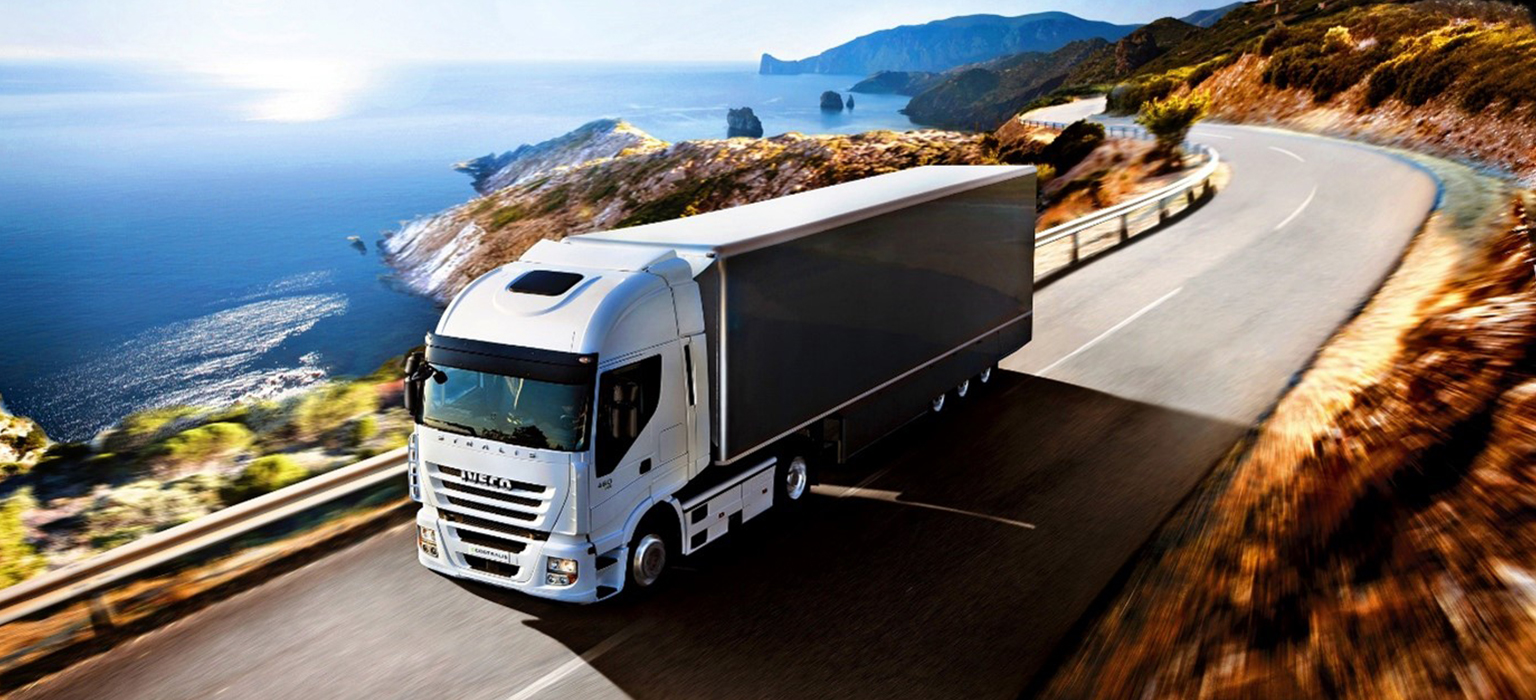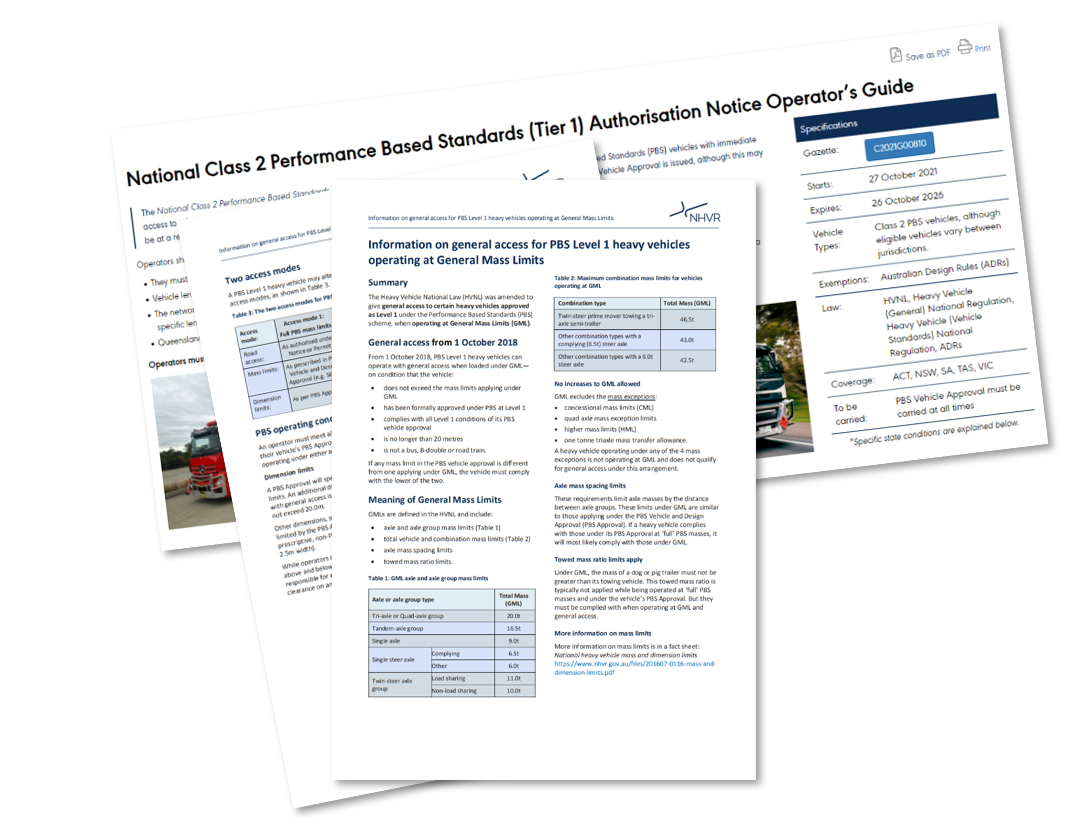2.6-metre-wide PBS combinations – unrealised productivity
Many countries around the world allow heavy vehicles to be up to 2.6 metres wide, however in Australia, the maximum width of a typical heavy vehicle is only 2.5 metres. While the difference may seem small, the benefits of a wider vehicle can be quite noticeable.
While regulators mull over the possibility of increasing the maximum width of prescriptive heavy vehicles to 2.55 metres, the Performance Based Standards (PBS) scheme has the power to approve heavy vehicle with widths of 2.6 metres and beyond.
On its own, increasing the width of a trailer to 2.6 metres can add around 4% to your overall payload volume. This is a nice, but not staggering improvement. The main benefit of a wider trailer is that it improves the rollover stability and safety.
But why would a wider trailer be more resistant to rollover? By being wider, the trailer may also be fitted with wide-track axles. Wider axles mean that the centre-of-gravity height of the payload may also be higher. This is because the vehicle has a wider base to stand upon. Combining these effects of increased payload height and increased payload width can allow for significant volume gains, typically around 15% overall increased volume!

However, the Australian Design Rules (ADRs) limit heavy vehicles to a width of 2.5-metres, so it raises the question of how a transport operator would achieve these benefits in Australia. The answer is that PBS can allow trailers to exceed certain ADRs, including the maximum width limit.
Of course, one major barrier remains: access permits. While some vehicles will be able to easily operate under certain notices such as the National Class 2 PBS (Tier 1) Authorisation Notice or as PBS Level 1 GML combinations, many others will be stuck fighting for access. As HVIA has recently highlighted, the access permit system for PBS vehicles is causing major delays, even for ‘normal’ PBS vehicles.

Despite these barriers, Advantia has successfully completed several PBS applications for 2.6-metre-wide vehicles for both PBS Level 1 and PBS Level 2, proving that it is a viable option. However, the uptake of wide freight-carrying combinations in Australia remains low, despite the significant productivity improvements for certain freight tasks, particularly those with lower density products such as refuse and logging.
Will you be the first take up these advantages in your transport niche? Contact Advantia to discover your opportunities.
Get more like this in your inbox
Subscribe to our Newsletter and never miss a post.